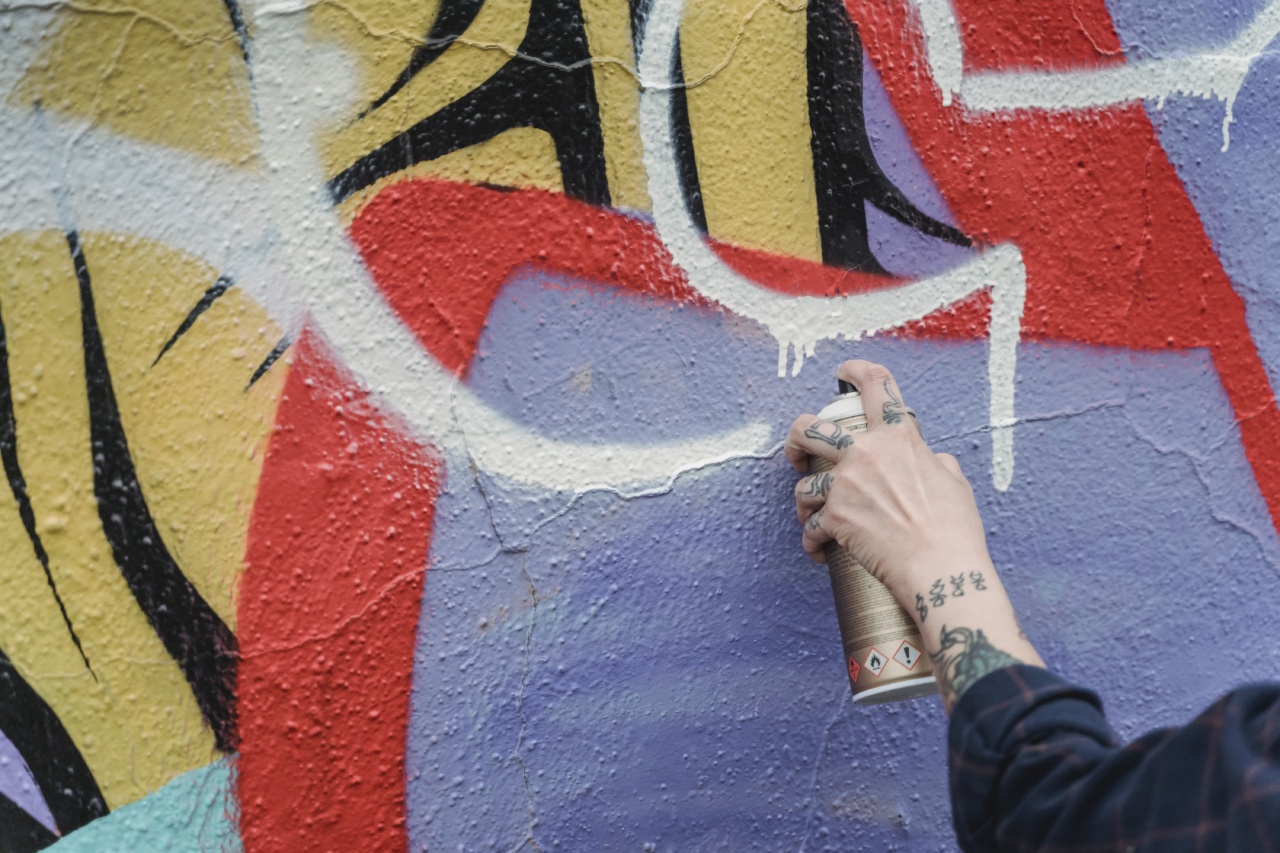Vitiligo is a condition that causes the loss of skin pigment in patches. Due to its unique nature, people with vitiligo may wonder if they can get tattoos, just as those without the condition often do.
The answer is not a straightforward “yes” or “no” as tattoos on vitiligo-affected skin require special considerations.
What is Vitiligo?
Vitiligo is a skin condition that affects about 1% of the world’s population. It is characterized by the loss of melanocytes, the cells in the body that produce pigment.
The loss of these cells causes patches of skin to appear white, making this condition easily noticeable, especially in people with darker skin. Vitiligo can occur on any part of the body, including the face, hands, feet, genitals, and other areas.
What Causes Vitiligo?
The exact cause of vitiligo is not yet known, but there are several theories that suggest it may be caused by genetics, an autoimmune disorder, or a reaction to an event, like sunburn or stress.
While anyone can get vitiligo, it often goes hand in hand with other autoimmune conditions like thyroid disease or alopecia.
Can People with Vitiligo Get Tattoos?
The short answer is yes, but with some considerations. People with vitiligo should note that tattoos may produce a different outcome than those without the condition.
Tattoos on vitiligo-affected skin can fade, blur, or change colors over time due to the nature of vitiligo. The lack of pigment in the skin means that the tattoo ink may not appear as vibrant or even recognizable as intended.
What to Consider Before Getting a Tattoo with Vitiligo
Before getting a tattoo, people with vitiligo should consult with their dermatologist and tattoo artist. It is important to find a tattoo artist who has experience and knowledge of working with vitiligo-affected skin.
The artist you choose should be familiar with the possible outcomes of a tattoo on vitiligo-prone skin and be able to advise you on your choices.
People with vitiligo should also consider the location and size of the tattoo carefully. Tattoos on vitiligo-prone skin may not be as visible, and may not appear as desired.
People with vitiligo should consider choosing larger or bolder designs or a different location for their tattoo, like the upper arm or calf, unless one wants the tattoo in the vitiligo-affected area. Additionally, if an individual has vitiligo on their hands and fingers, it is important to note that the tattoo may appear distorted due to the uneven and changing pigmentation pattern.
Another factor to consider before getting a tattoo is that the tattoo itself may prompt the appearance of new vitiligo spots, particularly if the process is too painful.
Some people report that the pain of getting a tattoo leads to a trauma response on the skin that triggers the appearance of new patches of vitiligo.
The Risks of Tattoos on Vitiligo-Prone Skin
People with vitiligo should note that getting tattoos does not come without risks. The nature of vitiligo may cause tattoos to appear different from what was intended and may lead to a less-satisfactory outcome than those with undamaged skin.
Additionally, tattooing on vitiligo-affected skin may cause an increase in inflammation in the area, leading to an increased risk of infection or allergic reaction. Anyone considering a tattoo on vitiligo-affected skin should proceed cautiously and understand the potential risks involved.
Conclusion
People with vitiligo can get tattoos if they proceed cautiously and understand the risks involved. To reduce the risk of complications, it is important to consult with a dermatologist and an experienced tattoo artist before getting inked.
To avoid any unpleasant surprises, individuals with vitiligo should also be aware that tattoos on vitiligo-affected skin may not appear as vibrant or as intended as they might on undamaged skin.




























